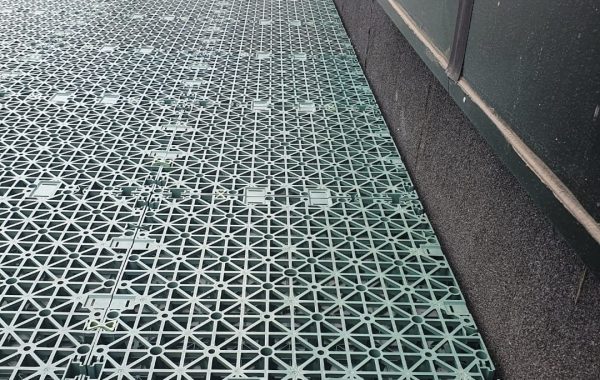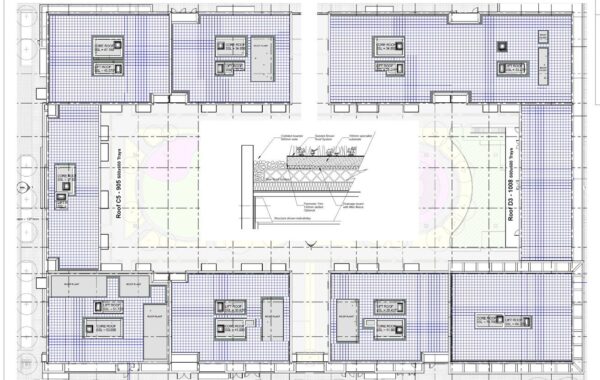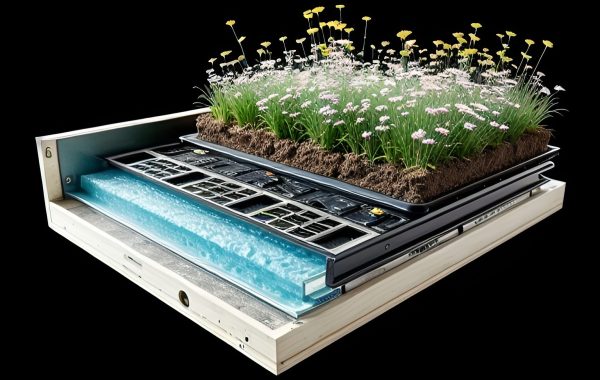Solutions for Sustainable Stormwater Management
Blue Roofs are increasingly recognised as innovative solutions for sustainable stormwater management in urban areas. They offer a range of benefits, including flood mitigation, water conservation, and sustainability. However, like any emerging technology, the implementation of Blue Roofs comes with its own set of challenges. In this blog post, we’ll explore the common challenges associated with Blue Roof installation and maintenance and offer solutions to overcome them.
Cost of Installation
One of the primary challenges of implementing Blue Roofs is the upfront cost of installation. Compared to traditional roofing systems, Blue Roofs often require additional components, such as storage layers and control mechanisms, which can increase the initial investment. However, it’s essential to view this cost as an investment in sustainable urban infrastructure.
Solution:
Consider the long-term benefits of Blue Roofs, such as reduced flood damage repair costs, water conservation, and energy savings. Additionally, explore available incentives, grants, or rebates offered by local governments or environmental organizations to offset installation costs.
Design Complexity
Designing an effective Blue Roof system can be complex, as it involves factors like roof slope, drainage calculations, and control mechanisms. Ensuring that the design meets both regulatory requirements and the specific needs of the project can be challenging.
Solution:
Collaborate with experienced architects, engineers, and stormwater management experts who specialise in Blue Roof design. They can help navigate the complexities of design and ensure the system is tailored to the project’s unique requirements.
Maintenance Requirements
Like any infrastructure, Blue Roofs require regular maintenance to ensure optimal performance. Leaves, debris, and sediment can accumulate in the drainage system, potentially affecting the controlled release of rainwater.
Solution:
Establish a routine maintenance schedule that includes inspections, cleaning, and repairs as needed. Engage a professional maintenance team or consider incorporating self-cleaning mechanisms into the design to reduce maintenance demands.
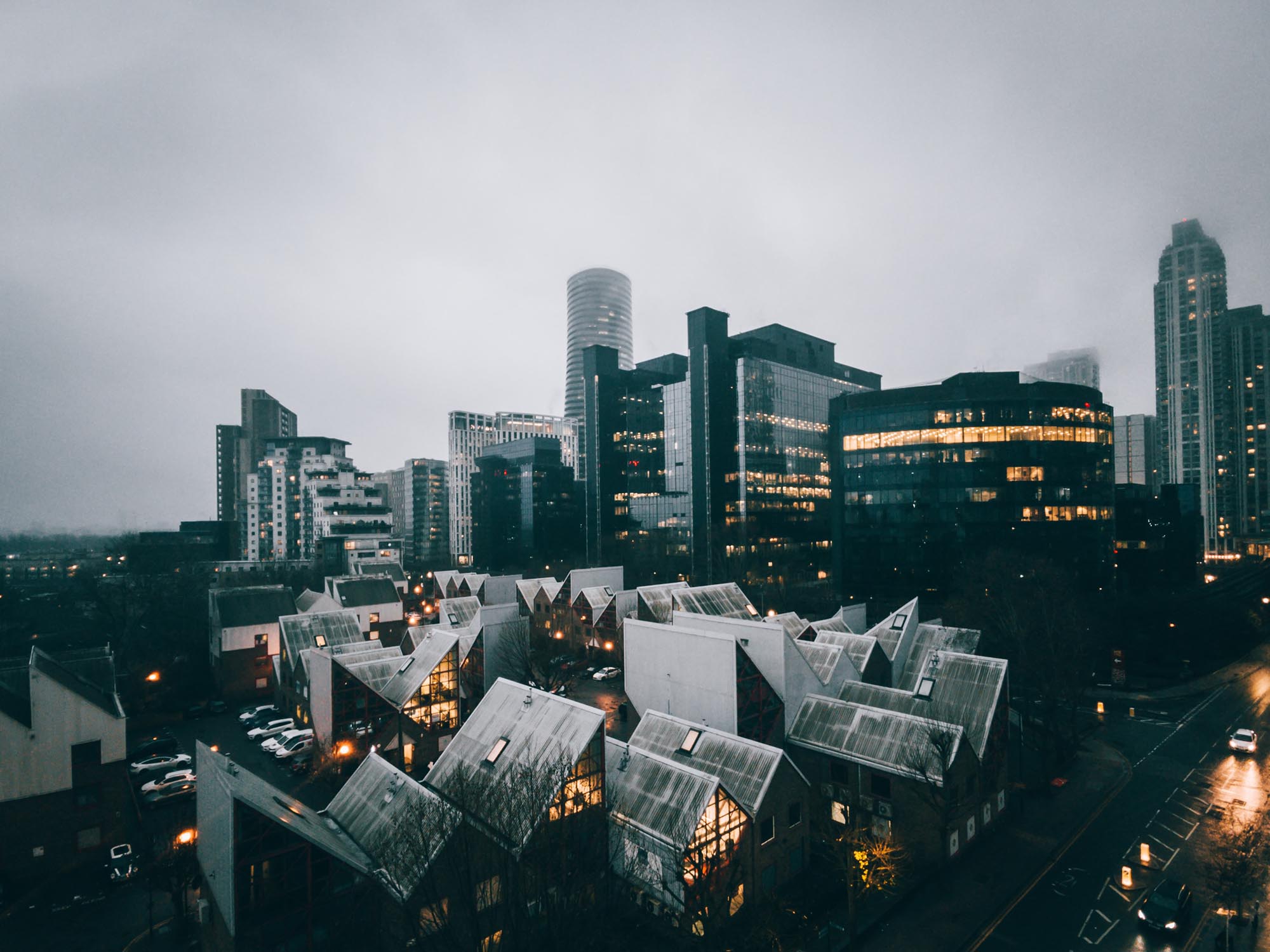
Blue Roofs seamlessly merge into the urban environment
Regulatory Compliance
Meeting local stormwater management regulations can be a challenge, as these regulations vary by region and can change over time. Ensuring that your Blue Roof system aligns with current and future requirements is essential.
SOLUTION:
Stay informed about local stormwater management regulations and engage with regulatory authorities early in the project planning phase. Consulting with experts who specialize in stormwater compliance can also help ensure that your system meets all necessary requirements.
Education and Training
Implementing Blue Roofs effectively requires a knowledgeable and skilled workforce. Ensuring that those responsible for installation and maintenance have the necessary training and expertise can be a hurdle.
SOLUTION:
Invest in training and education for your project team. Seek out courses, workshops, and certifications related to Blue Roof design, installation, and maintenance. This investment in knowledge will pay off in the long run.
Public Awareness and Acceptance
Introducing a novel technology like Blue Roofs to the community may encounter resistance or skepticism. Public education and awareness campaigns may be necessary to build support and dispel misconceptions.
SOLUTION:
Engage with the local community through outreach and information sessions. Highlight the benefits of Blue Roofs in terms of flood prevention, water conservation, and sustainability to garner support and understanding.
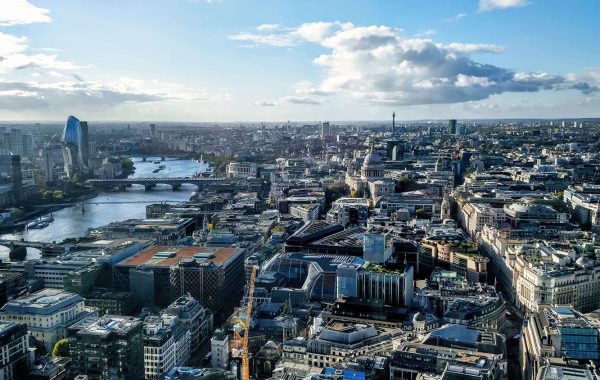
While the implementation of Blue Roofs presents challenges, it’s important to recognise that these challenges are not insurmountable. With careful planning, collaboration, and a commitment to sustainability, these challenges can be overcome. Blue Roofs offer a transformative solution for sustainable stormwater management in cities, and by addressing these challenges proactively, we can harness their full potential to create more resilient and eco-friendly urban environments.
As cities continue to adapt to the challenges of a changing climate, Blue Roofs represent a valuable investment in a more sustainable and resilient future. By acknowledging and addressing the challenges of implementation, we can reap the long-term benefits of these innovative stormwater management systems.



